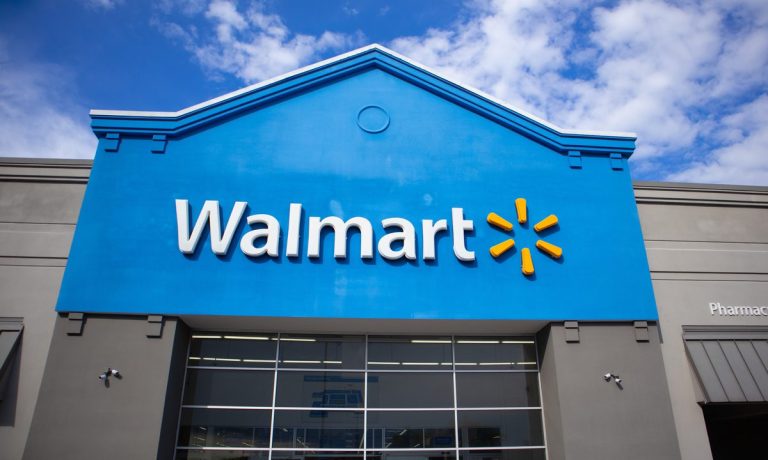
Building on its strategy from recent quarters, Walmart continues to leverage its scale to offer lower prices than competitors, using food inflation as a tailwind rather than headwind.
The retailer, already the world’s largest grocer by a considerable margin, gained share in the category in the fourth quarter of its 2022 fiscal year, according to an earnings release Thursday (Feb. 17). The company saw food categories’ comparable sales grow in the high single digits year-over-year and grow in the high teens on a two-year basis.
The company’s strategy here is not only about the number on the price tag but also about the way that these prices affect consumers.
“We talk about price gaps, our price leadership position, for a reason: because prices are relative, and it’s more fluid in an inflationary environment like this,” John Furner, president and CEO of Walmart U.S., told analysts on a call.
“We think about things like opening price points and protecting them for a lower income family, some of the things that they need from a staples point of view, and… we use rollbacks to communicate… the emotion or perception we want customers to have about us being there for them and earning their trust,” Furner said.
Walmart’s president and CEO Doug McMillon noted that the retailer is “expanding [its] ecosystem” with investments in a range of categories, including its “online food business.”
One such investment was Walmart Canada’s acquisition of Toronto-based data platform Foodmaestro at the end of November. McMillon stated that this move will enable the company “to build more personalized shopping experiences for customers.”
The retailer’s strength in grocery also extended to Sam’s Club, Walmart’s chain of membership-only warehouse clubs spanning almost 600 stores in the United States and Puerto Rico, as well as some locations in Brazil, China and Mexico. The brand saw grocery and beverage comparable sales grow by a mid-teens percentage year-over-year in the quarter. Plus, sales fresh, freezer and cooler items grew by low teens.
Price is top of mind for grocery shoppers when deciding between merchants, according to data PYMNTS’ study Decoding Customer Affinity: The Customer Loyalty to Merchants Survey 2022.
The study, created in collaboration with Toshiba Global Commerce Solutions and featuring the results of a survey of a census-balanced panel of more than 2,000 U.S. consumers, found that price is the most influential factor consumers consider when selecting a merchant to purchase from. Moreover, 77% of consumers report that low prices would improve their loyalty to their grocer, and 52% say the same of promotions and discounts.
Get the full report: Decoding Consumer Affinity: The Customer Loyalty To Merchants Survey 2022
Additionally, the study found that Walmart is by far the most purchased-from grocery merchant, with its visit frequency more than three times that of the next runner-up. Twenty-eight percent of those surveyed reported visiting Walmart to make a grocery purchase within the previous 30 days, while only 9% of shoppers visited second-place grocery brand Kroger in the same period.
Walmart’s grocery results in the quarter showed the success of its strategy laid out on the company’s previous quarter’s earnings call.
“Our unit growth in grocery is growing faster than dollars, and that’s our position we’d like to stay in as long as we possibly can,” said Furner at the time. “We want to keep prices low for customers all across the business, and we’ll be the last to go up.”
You may also like: Walmart Leverages Scale in Grocery to Price Out Competitors